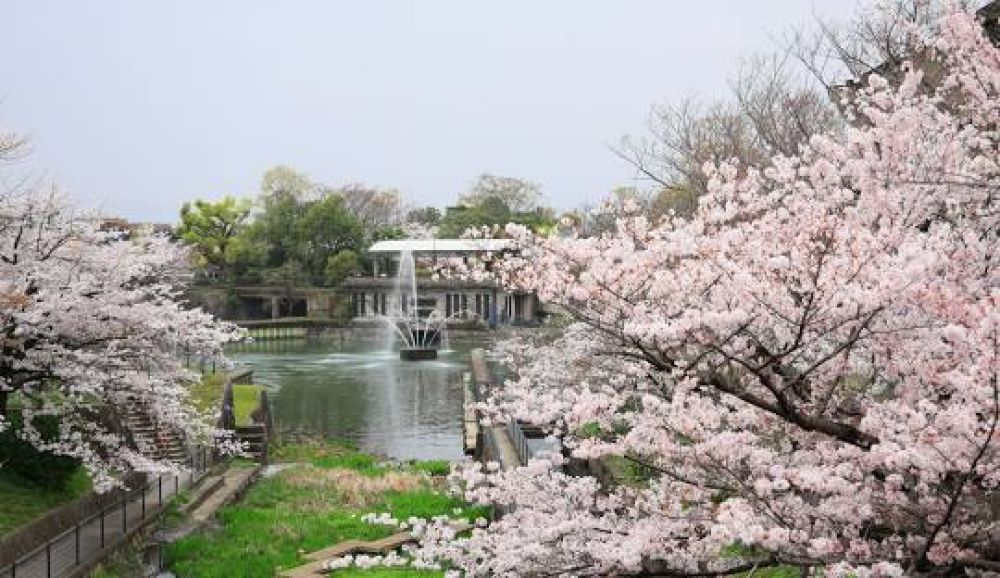Food History of Nanzenji Temple, Kyoto, Japan
Nanzenji Temple is not only a significant Zen Buddhist temple but also a place where visitors can experience the traditional Japanese culture, including its unique culinary history. Nestled in the Higashiyama district of Kyoto, which was the capital of Japan for over a thousand years, the temple area has been influenced by the dining habits of monks, aristocrats, and common people through different eras.
Traditionally, the food associated with Zen temples is known as shojin ryori, a type of vegetarian cuisine that originates from the dietary regulations of Buddhist monks. In this practice—which is closely linked to the Zen philosophy of minimalism and mindfulness—the dishes are prepared without meat, fish, or strong-smelling plants like garlic and onion, emphasizing seasonal ingredients and simple, natural flavors.
Must-Try Top 10 Food Dishes in Nanzenji Temple, Kyoto for Tourists
- Tofu (Vegetarian) - A staple in Japanese temple cuisine, tofu in Kyoto is known for its high quality and is often served fresh or in dishes like yudofu, where it is gently simmered in hot water.
- Kaiseki Ryori (Varies, mostly Pescetarian) - Traditional multi-course meal often served in ryokans and high-end restaurants, showcasing seasonal ingredients and artful presentation.
- Matcha (Vegetarian) - Kyoto is famous for its matcha, or powdered green tea, traditionally used in Japanese tea ceremonies, and also for matcha-flavored sweets and desserts.
- Vegetable Tempura (Vegetarian) - Deep-fried vegetables coated in a light batter, usually served with a dipping sauce or sprinkled with salt.
- Soba Noodles (Vegetarian option available) - Buckwheat noodles served chilled with dipping sauce or in a hot broth, sometimes topped with spring onions or tempura.
- Miso Soup (Vegetarian option available) - A warm, savory soup made of miso paste and dashi, typically containing seaweed and tofu.
- Pickles (Tsukemonotechniques, serving as an excellent complement to rice or other mild-flavored dishes.
- Inari Sushi (Vegetarian) - Sushi rice stuffed into pockets of sweet, marinated tofu skin, often enjoyed as a light meal or snack.
- Yuba (Vegetarian) - Delicate sheets of tofu skin, served fresh, dried, or as a part of other dishes, known for their creamy and subtle flavor.
- Shojin Ryori (Vegetarian) - This is the term for the vegetarian cuisine developed by Zen monks, which focuses on seasonal vegetables and tofu in various forms.
Top Famous Restaurants in Nanzenji Temple, Kyoto
-
Nanzenji Junsei
Address: Nanzenji Kusagawacho, Sakyo Ward, Kyoto
Famous Food: Yudofu (Vegetarian)
This restaurant is well-known for specializing in yudofu, a simple but delicious tofu dish that is a mainstay of Zen temple cuisine.
-
Yachiyo
Address: Nanzenji Fukuchi-cho, Sakyo Ward, Kyoto
Famous Food: Kaiseki Ryori (Varies, mostly Pescetarian)
Yachiyo offers seasonal and finely crafted kaiseki meals that may include a variety of dishes showcasing the best of Kyoto's culinary traditions.
-
Tenjuan Tea House
Address: Located in the Nanzenji Temple complex
Famous Food: Matcha with traditional sweets (Vegetarian)
Perfect for those looking to have a taste of the traditional Japanese tea ceremony, offering freshly whisked matcha with a side of Japanese wagashi.
All three venues celebrate Kyoto's culinary heritage, and while many traditional Japanese dishes may include fish-based broths or sauces, there are usually vegetarian options available, particularly in establishments that cater to temple visitors and those accustomed to shojin ryori.

